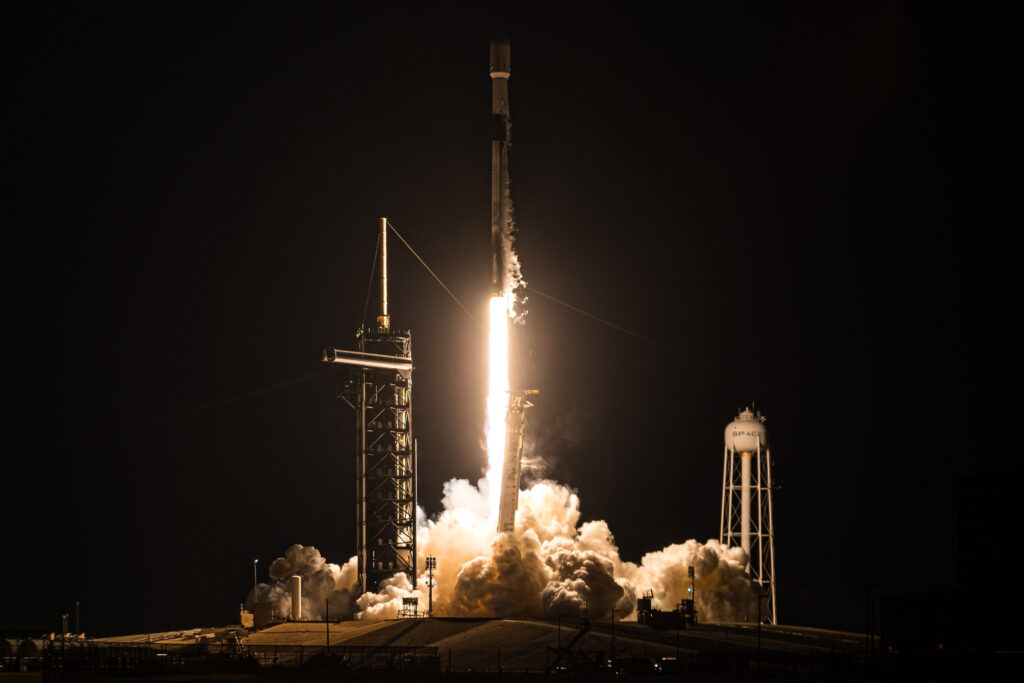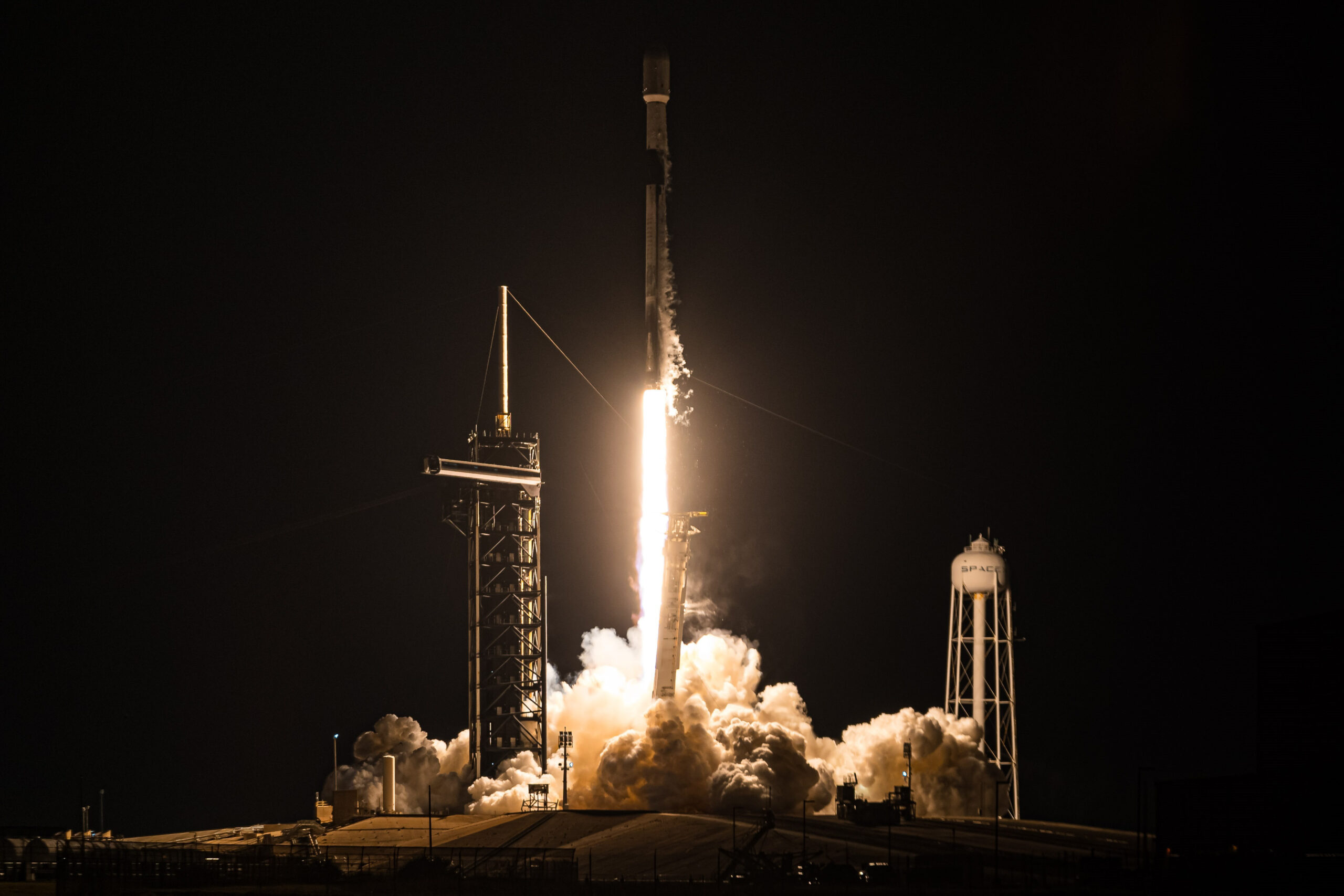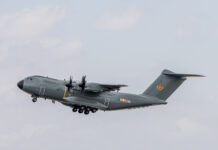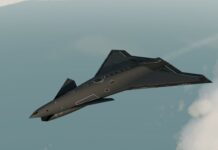The first of the two Airbus-built new-generation SpainSat satellites, SpainSat NG-I, was successfully launched on a Falcon 9 rocket from Cape Canaveral in Florida on 30 January 2025.
Operated by Hisdesat for the Spanish armed forces, the satellite will enter service in geostationary orbit from the second half of 2025 following initial testing and commissioning.
The second satellite, SpainSat NG-II, will be completed by the end of 2025. The two satellites will be positioned in different geostationary orbits to operate in the X-band, military Ka-band and UHF, providing coverage to two-thirds of the Earth’s surface, from the United States to Singapore, for the next 15 years.
Airbus Defence and Space is prime contractor for the SpainSat NG effort, designing, integrating and testing the satellites at its facilities in Toulouse. Airbus in Spain also developed the satellites’ X-band transmit and receive active antenna system, providing the functionality equivalent to 16 traditional antennas. These active antennas provide the satellites with exceptional flexibility and resilience. Their software enables them to adapt and change the coverage up to 1,000 times per second and can detect, geolocate and mitigate multiple and simultaneous interference with high precision. The satellites are also radiation hardened to protect against a potential nuclear blast.
Thales Alenia Space, a joint venture between Thales (67%) and Leonardo (33%), is responsible for the UHF and military Ka-band payloads as well as the integration of the communication module for the two satellites along with Airbus. Being the largest satellite system ever integrated in Spain, the SpainSat NG-I communication module weighs more than 2 tonnes and measures 6 m high.
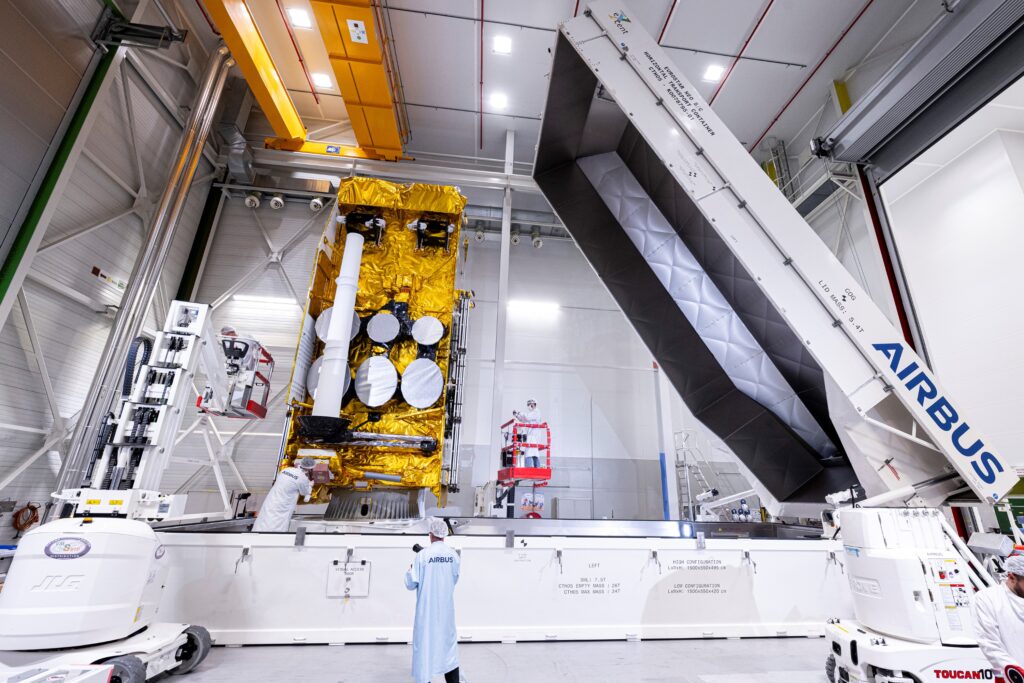
The mission of the SpainSat NG programme is to ensure effective command and control of armed forces operations over a large portion of the Earth’s surface, guarantee communication capability in theatres of operations lacking communication infrastructure, ensure secure governmental communications in any operational environment (air, maritime, land), and provide strategic space capabilities to third nations.
The SpainSat NG satellites will replace the current Hisdesat communications satellites, Spainsat and XTAR-EUR, delivering a tenfold increase in communications capacity over their predecessors.
